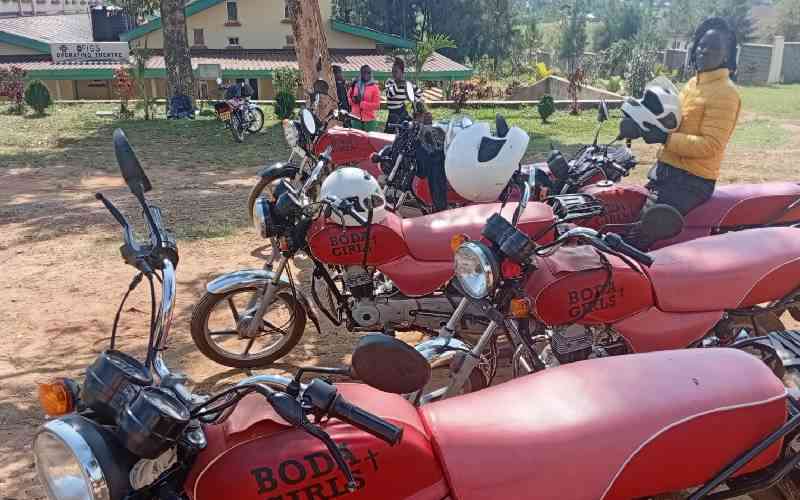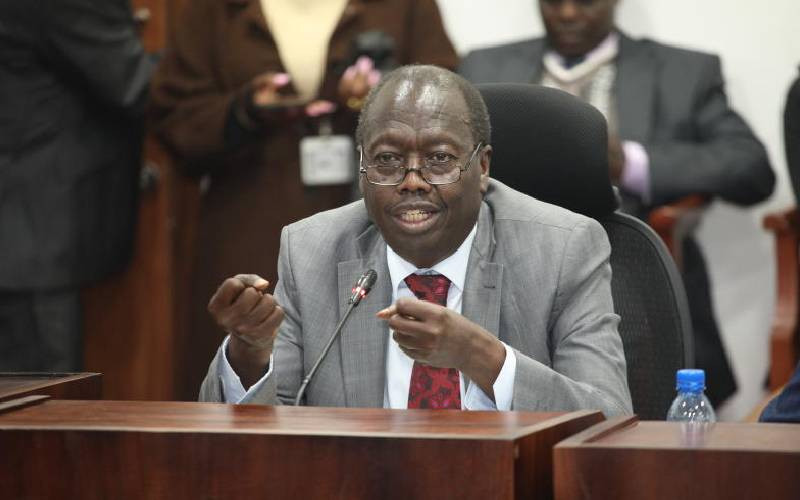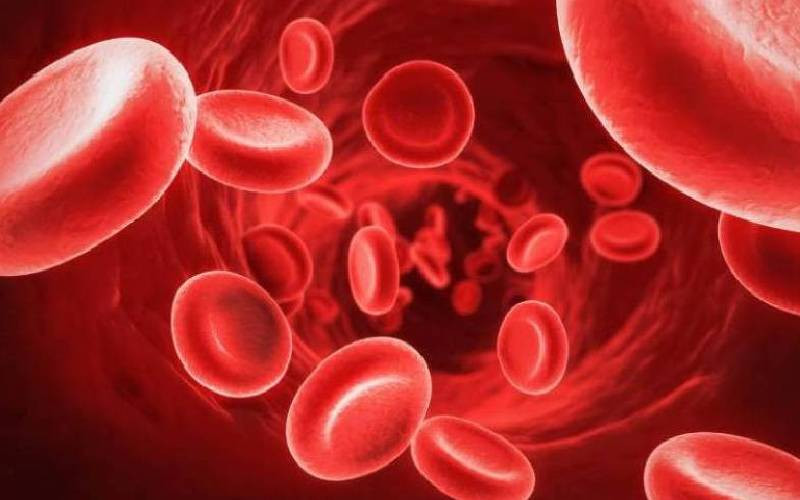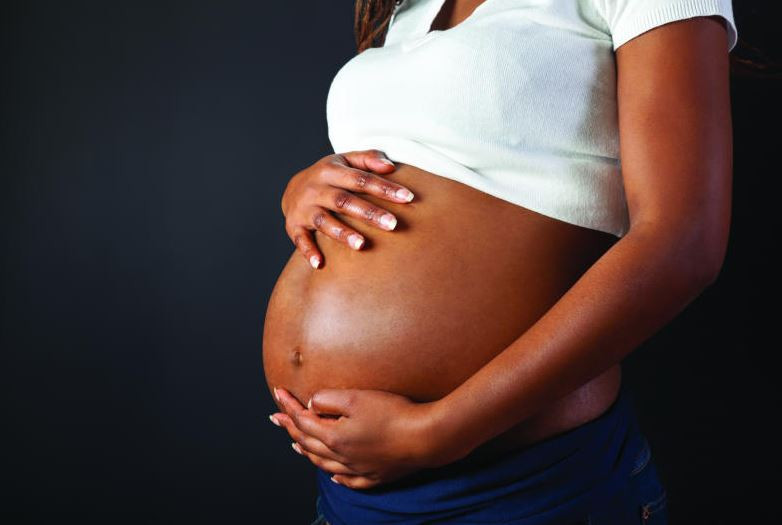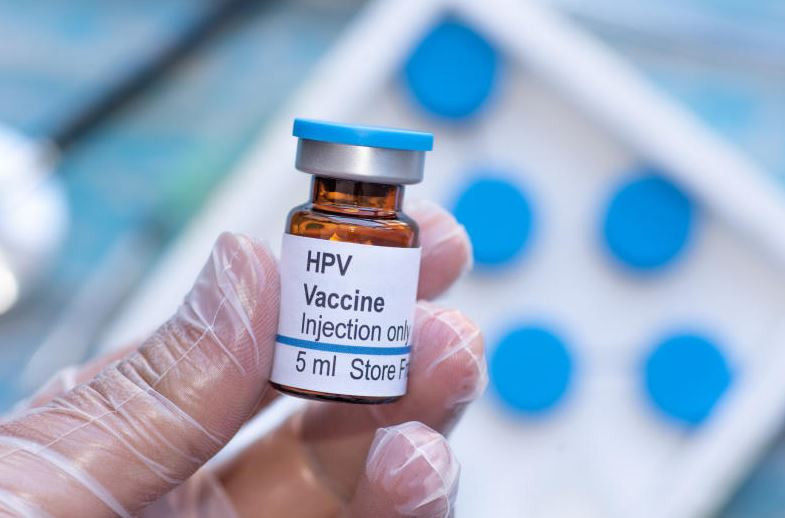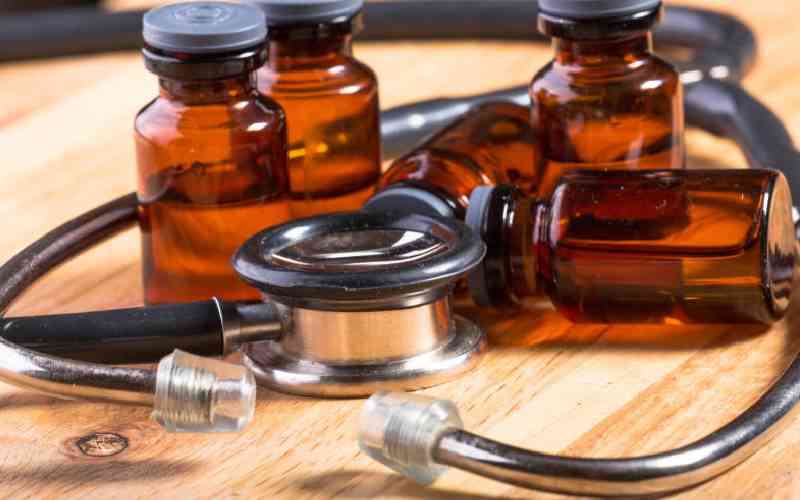
The number of people receiving treatment for cancer has risen dramatically in the last decade in many African countries.
For example, 10 years ago in Ethiopia and Kenya, cancer care was available to only a few thousand patients per year in a few hospitals. Today, over 75,000 people receive cancer treatment each year in each of these countries.
Over 800,000 people on the continent are diagnosed with this disease each year.
But medicine regulatory agencies in many countries don’t have the capacity to measure the quality of anti-cancer drugs. This is particularly problematic for two reasons.
Firstly, the high cost of the drugs is an incentive to opt for unverified ones. And secondly, they are highly toxic. The combination of high demand but low capacity for regulatory oversight in a market renders it vulnerable to substandard and falsified medical products.
There have been disturbing reports of substandard or falsified products causing harm to patients in a number of countries, including Brazil, the US and Kenya. But no systematic studies of anticancer drug quality across low and middle income countries have been done. As a result, little is known about the quality of the drugs being used to treat cancer in Africa.
I am a cancer researcher in the US and I develop technologies for finding substandard or fake medicines in low-resource settings. In 2017, I teamed up with Ayenew Ashenef at Addis Ababa University to test a device designed to evaluate quality of cancer medicines. We were dismayed to find that most of the drug in use at a hospital in Ethiopia was substandard. We then extended the study.
- Stage 4 cancer but still standing strong: Eunice Mwende's life after terminal diagnosis
- Nairobi West Hospital starts local production of cancer-tracing isotopes
- Tax tobacco more to raise funds for cancer care, lobby groups plead
- How breast cancer survivors are turning scars into courage
Keep Reading
Our recent study investigated the quality of seven anticancer drugs in four African countries. The drugs were cisplatin, oxaliplatin, methotrexate, doxorubicin, cyclophosphamide, ifosfamide, and leucovorin. Most of these drugs are given to patients intravenously. They are used to treat breast cancer, cervical cancer, cancers of the head and neck, cancers of the digestive system and many other types. Some are also used to treat autoimmune diseases such as lupus.
Falsified medicines
Members of our research team collected 251 anticancer products in Cameroon, Ethiopia, Kenya and Malawi in 2023 and 2024. Products were collected both covertly and overtly from 12 hospitals and 25 private or community pharmacies, covering both public and private healthcare systems in each country.
We assessed the assay value – the quantity of the active pharmaceutical ingredient in each dose – of the samples we had collected.
We found substandard or falsified anticancer medicines in all four countries. We discovered that 32 (17 per cent) of 191 unique lots of seven anticancer products did not contain the correct amount of active pharmaceutical ingredient. Substandard or falsified products were present in major cancer hospitals and in the private market in all four countries.
Based on our findings it’s clear that oncology practitioners and health systems in sub-Saharan Africa need to be aware of the possible presence of substandard anticancer products. We also recommend that regulatory systems be strengthened to provide better surveillance.
To measure the amount of active pharmaceutical ingredient present in a vial or tablet, we used high-performance liquid chromatography, or HPLC. This separates and quantifies molecules and is the “gold standard” method for testing the amount of active pharmaceutical ingredients in tablets, capsules and vials of medicine.
Before we prepared the medicines for analysis, we inspected the medicines and their packaging materials. Then we used the HPLC to measure the amount of active pharmaceutical ingredient present to see if it matched the claim on the label. Every pharmaceutical product has a target assay range that is defined in its pharmacopeial monograph.
This is usually 90 per cent-110 per cent of the amount of active pharmaceutical ingredient claimed on the package. So, for example, if a vial claims to contain 100 milligrams of doxorubicin, it is still counted as “good quality” if it has 93 milligrams of doxorubicin, but not if it contains 38mg or 127mg. Out of the 191 unique batch numbers, 32 failed assay – about one in six.
We have shared our findings with regulators in the four countries where the samples were collected, and are working to build capacity for post market surveillance of these critical medicines.
 The Standard Group Plc is a multi-media organization with investments in media
platforms spanning newspaper print
operations, television, radio broadcasting, digital and online services. The
Standard Group is recognized as a
leading multi-media house in Kenya with a key influence in matters of national
and international interest.
The Standard Group Plc is a multi-media organization with investments in media
platforms spanning newspaper print
operations, television, radio broadcasting, digital and online services. The
Standard Group is recognized as a
leading multi-media house in Kenya with a key influence in matters of national
and international interest.



